
Google Glass never took off, but a few brave manufacturers went ahead and created consumer smart glasses anyway. In 2016, Vue was one of them and their Kickstarter was a roaring success. Now they have returned with a lite version of their glasses, and we were fortunate enough to receive a production model for review.
Can the new Vue Lite glasses live up to the original vision of smart glasses? Let's have a look.
The Vue Original promised to be a work of art. They were stylish, with bone conduction speakers, touch controls, and earphones-like charging connectors with a charging case. A mobile app could be used to customize touch settings, track the glasses, and count steps. They lacked more advanced features, like a camera and augmented reality (AR), but those features were dropped to yield a less suspicious and hence trustworthy design.
The Vue Kickstarter launched in 2016 and gathered over 10 thousand backers. Vue wasn't able to deliver a product until Q2 2019 though. When we finally held the product in hands, we found out that the---at the time---lightest smart glasses around weren't that comfortable, and the charging case had some bugs, too. That said, they were stylish and contained most of the promised features, though the bone conduction sound left much to be desired.
While the project was heavily delayed and had its problems, the Vue team did an absolutely amazing job at keeping its backers informed. Every month, backers received a long email with a detailed report on the team's status, their issues with tooling or production, the team's next steps, and updated timelines. Each update included several photos and videos, documenting progress at the factory.
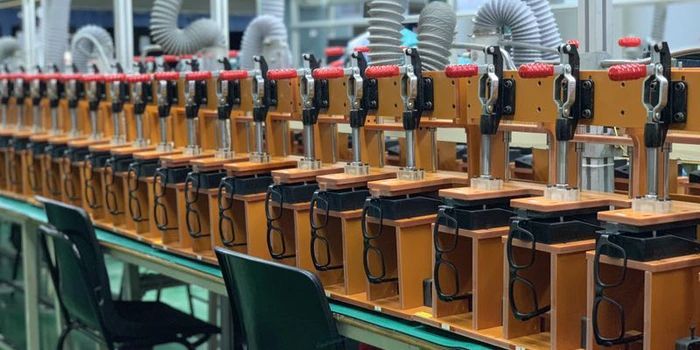
We have backed many Kickstarters and have never experienced a more professional team. Personally, we wouldn't hesitate backing the Vue team again. The level of communication was impressive, the final product was functional, and the glasses had a premium feel to them. Despite the issues with the charging case---the glasses tended to pop out---the overall production quality was convincing. This gave us hope for Vue's new product.
This product is not a Kickstarter. You can order your Vue glasses right now and shipping is expected to start in mid-September. Let's see what you'll get.
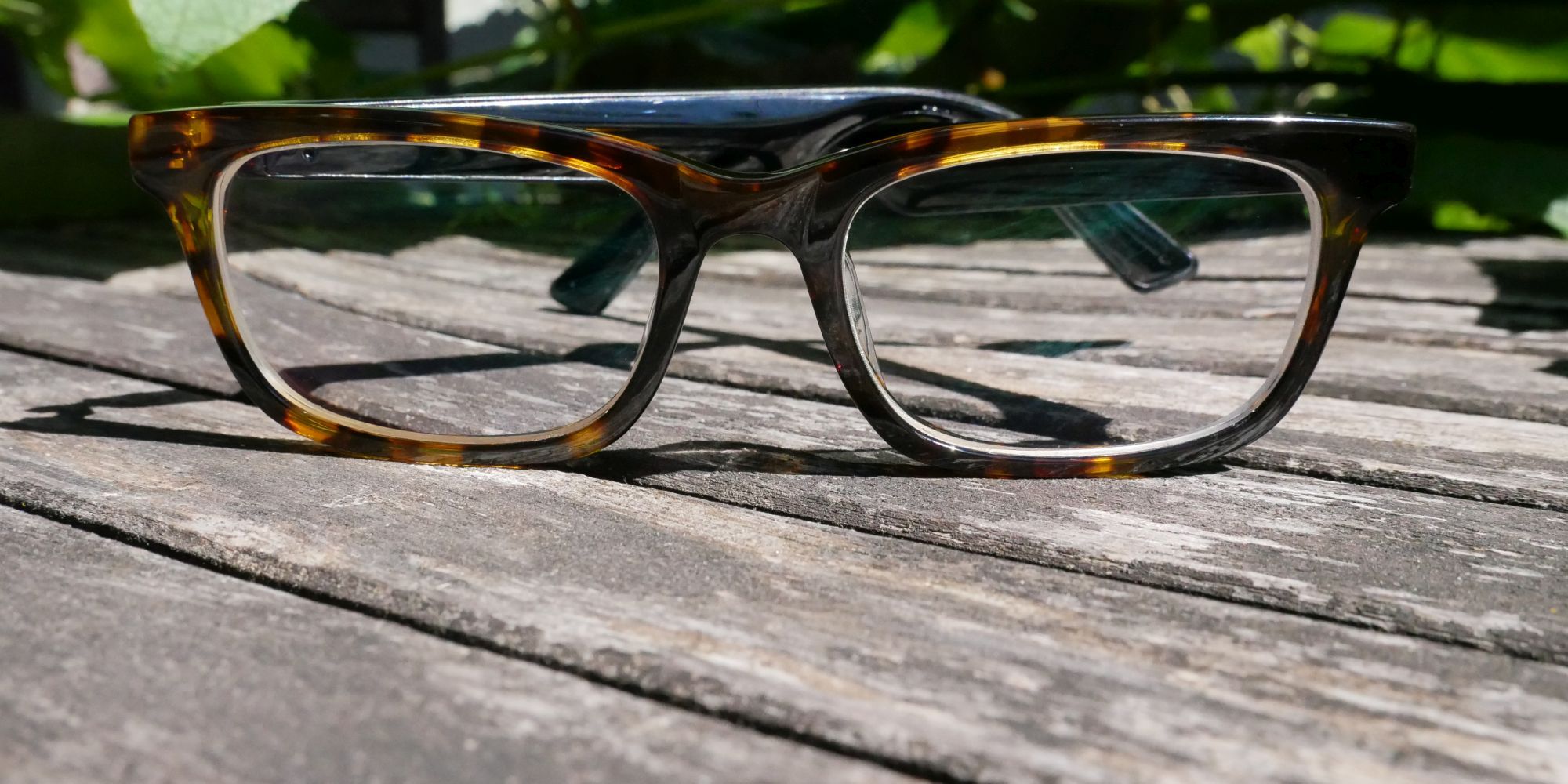
- Design: glasses with directional speakers
- Connectivity: Bluetooth 5.0
- Microphone: noise-cancelling microphone
- Weight: 0.81 ounces, 23 grams
- Measurements
- lens length: from 45 to 52
- bridge length: from 19 to 23
- temple length: 138 or 145
- Battery life
- Playtime: up to 3.5 hours
- Standby time: 1 day
- Charging time: 2 hours via magnetic charging cable
- Water resistance rating: IPX4 sweat and rain resistant
- Price: starting at $179
The Vue Lite come as either sunglasses or eyeglasses and in three different styles for each.

You can choose between various lenses, including tinted and polarized (+$80) for the sunglasses, blue light filter (+$100) for the eyeglasses, and photochromic (+$100) lenses for both. Whether you need corrective lenses, reading glasses, or progressives, you can combine your subscription type with any of the other lenses. While the progressive lenses come at a $200 premium, an optional upgrade to single vision or reading glasses is included.
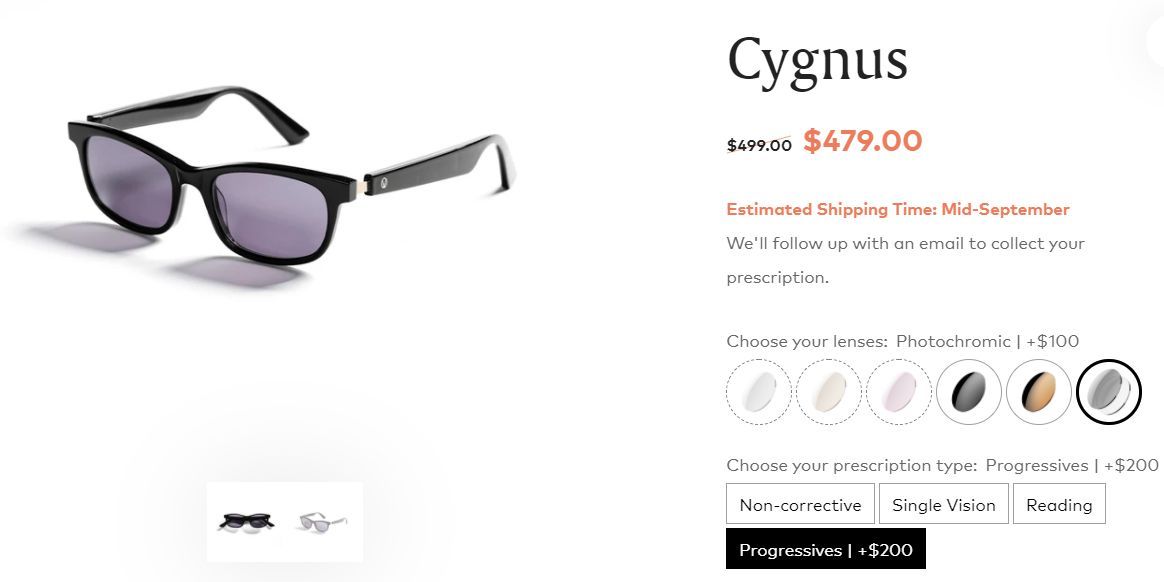
Before you settle on a style, check Vue's size guide to make sure the respective frame will fit you. For us, the temples were a bit too long and the glasses kept sliding forward. Since the temples contain electronics, you can't change how they bend, meaning you can't adjust the fit like you could with regular glasses.
The only way to adjust them [the fit of the glasses] would be by heating the front frame itself. As you said, you aren't able to heat the arms themselves as that will damage the electronics. We think the frames we've designed for the final product, which are different than what you tested, will be more comfortable! --Aaron Rowley, Co-Founder and CEO of Vue
If you're concerned about how the glasses will look on you, find a comparable frame on a site that lets you try glasses on your photo to get an idea.
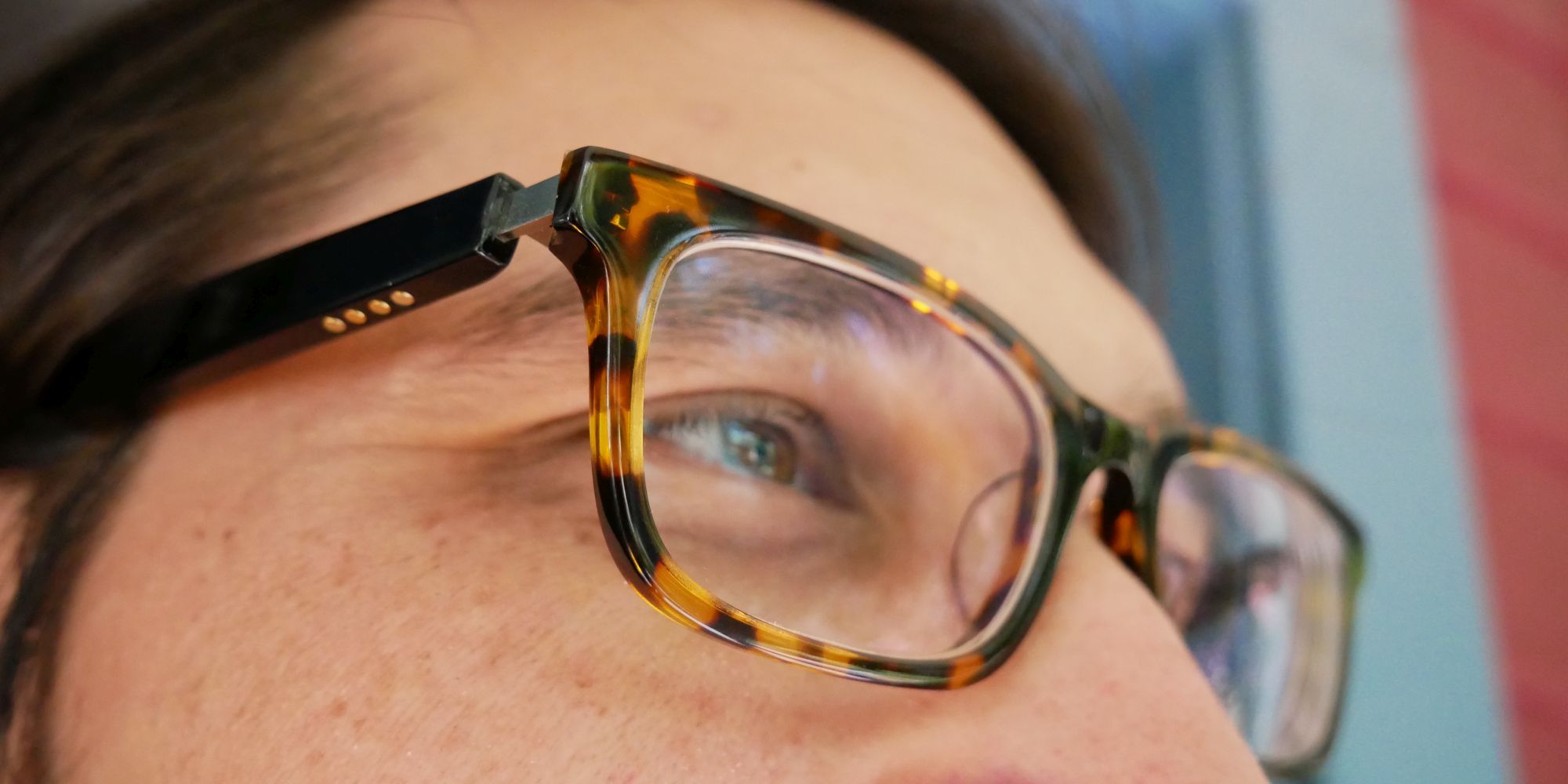
The production unit we received resembled the Cygnus style, but in the Orion color scheme, and it featured single vision lenses. We were told that the frames used for the samples were placeholders, but we fail to see a difference to the final product. What we did notice is that Vue Lite (shown left in the photo below) is slightly smaller than the original Vue (on the right below).
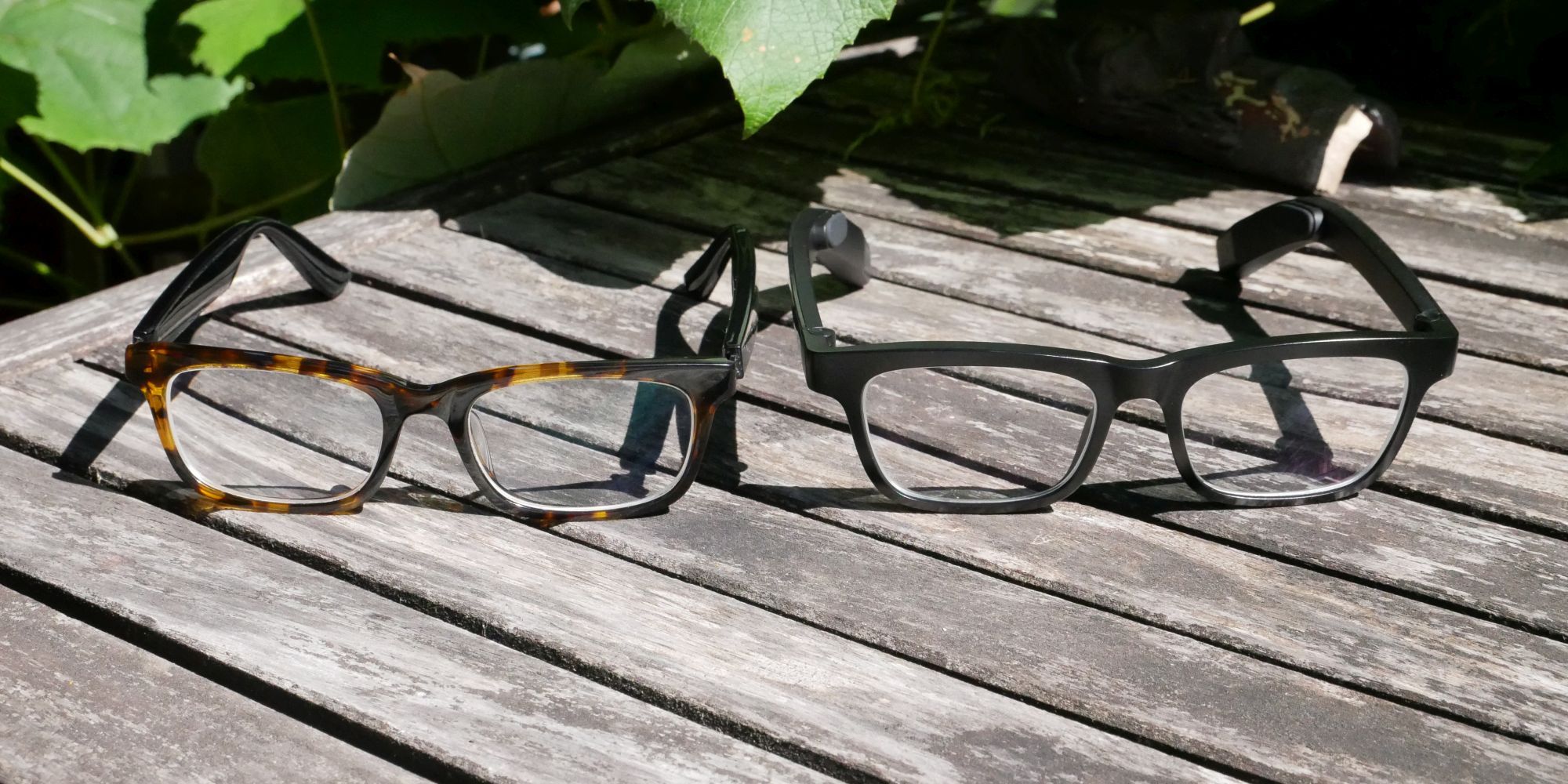
We've eliminated a lot of features for this pair (hence the name "Lite") and are focusing on getting the weight, comfort, and aesthetics right. --Aaron Rowley, Co-Founder and CEO of Vue
Our package contained the glasses, the magnetic charging cable, a carrying pouch, a small manual, and a lovely handwritten note from the Vue team.

We were pleasantly surprised by the light design. While the original Vue had thick temples (aka arms or legs) that hurt our ear lobes after a couple of hours, the Vue Lite were comfortable to wear all day long. The touch controls are intuitive and charging couldn't be easier. That said, be careful not to break the proprietary charging cable. And get used to holding your glasses by the frame around the lenses while cleaning; if you hold them by an arm you'll keep turning them on or off unintentionally.

The glasses operate much like true wireless in-ear headphones. The invisible touch-controls sit near the hinge of each temple. Pressing each of them for three seconds will turn the glasses on. We noticed that we could turn each side on individually; just like earphones.
Holding the touch point for a couple more seconds, will make the glasses enter pairing mode. Double-tapping either side will pause or start playback, as well as accept or end an incoming call. A three-second hold will activate your phone's voice assistant or reject an incoming call. Finally, an eight-second long press-and-hold will turn the glasses off.
The audio quality was surprisingly good and taking calls with our Vue glasses instead of headphones was pleasant. While we were on video calls or out and about, no one recognized we were using our glasses as a headset, and we received no complaints about the audio quality.
The Vue Lite come with actual speakers, rather than bone conduction. The use of speakers boosted the volume, but also increased sound leakage. At a medium-low volume level, the speakers, while wearing the glasses, were clearly audible from across the room.

Since the glasses don't provide passive noise isolation by plugging up your ear canal, they're hard to use in everyday outdoors situations, like a walk in the city or riding your bike in traffic. However, this also means you will stay aware of your environment. If you ever need to focus on the audio coming from your glasses over surrounding noise, just cover one ear with your hand, and you'll be amazed at the massive sound boost.
The advertised battery life of 3.5 hours is correct, meaning your glasses won't last all day and charging takes longer than a lunch break. If you take many calls and listen to music or podcasts during the day, you'll find yourself recharging your glasses multiple times. If you require corrective lenses, you better keep a pair of backup glasses for those occasions.

Something that could hamper battery life is what happens when you disconnect the charging cable. We found that our glasses automatically powered on. We didn't think this was useful, and we hope the final product won't behave the same way. Instead, we'd love to see the Vue Lite turning on or off when unfolding or folding the temples, which is what the original Vue did. Though even that could cause unnecessary drain on the battery.
If you're looking for true wireless earphones for everyday use, battery life should be one of your top concerns.
Comparing the original Vue smart glasses and the Vue Lite side-by-side, we're a bit torn. While we do prefer the Vue Lite overall, the original Vue looked and felt much more sophisticated. While we did test a production sample, the gap between the frame and the temples remains on the final product, which is our biggest pet peeve from a style perspective.

Style considerations aside, for a pair of glasses, the Vue Lite offer some great perks. They're comfortable to wear, they make for a geeky headset, the audio quality is surprisingly good for spoken words (bearable for music), but we wish the battery life would be better, so we could wear and use them all day long.
Would we buy this product? Frankly, we'd caution you to spend close to 200 dollars or more on a pair of not so smart glasses; we think the original Vue were a better deal. And unless you really need a new pair of prescription or reading glasses and would appreciate the added features, we would hold off for better battery technology.
If you're in the market for glasses, know your options. Bose's AR-enabled smart frames are only slightly more expensive than the Vue Lite, Amazon is about to release its Echo Frames with support for Alexa, and Facebook is collaborating with Ray-Ban on a pair of smart glasses. If what you're really craving is AR, give yourself some more time to save up for a product like the upcoming Nreal AR glasses (currently only available in Korea), which we previewed at CES 2020. Meanwhile, Vue offers the best deal for headset glasses and, in our eyes, is a true competitor in that niche.
Comments
Post a Comment